The concepts covered in this sheet go beyond what is covered in secondary school. This is supplemental information for students who want to find out more.
From the mid-17th century onwards, New York experienced very rapid growth due to the constant arrival of immigrants from Europe. By 1720, New York had become the third largest American colony and by 1775, the city’s population numbered 70 000. New York was a Dutch colony from 1623 to 1664, until the British took possession until 1783 and England officially recognized the American federation.
New York’s economic and business activity was growing thanks to the city’s advantageous geographical location. In 1792, to facilitate trade and standardize rates, several merchants gathered on Wall Street. This made Wall Street New York City’s centre of commerce, which it still is today.
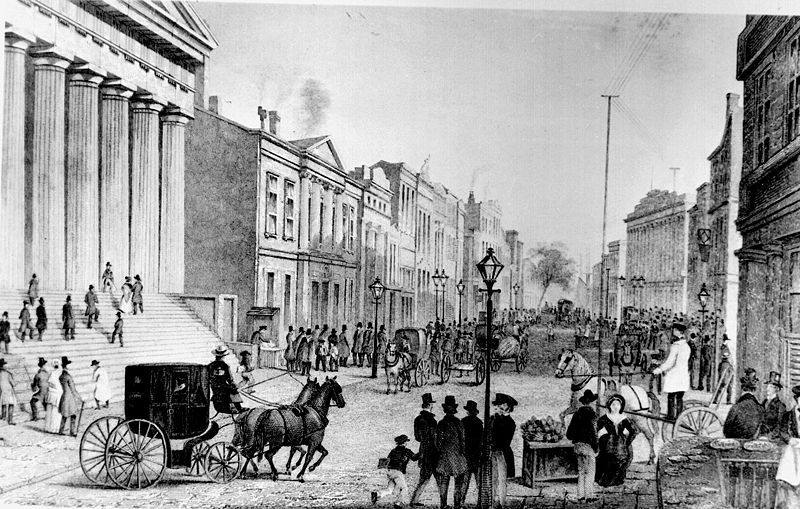
New York’s role in economic and business activities expanded in 1825 when the Erie Canal was opened, connecting the city to the Great Lakes.
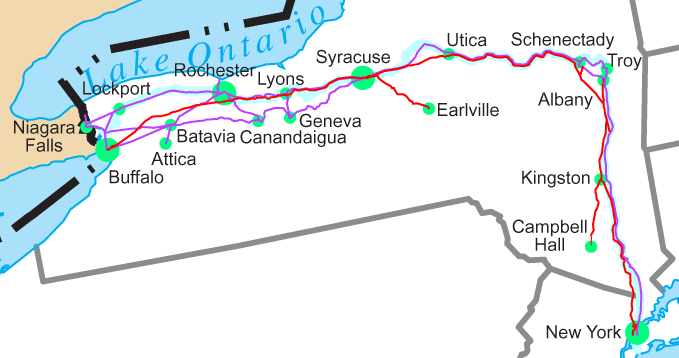
New York’s growth was mainly fuelled by the constant influx of European immigrants. By 1830, several million were arriving in the United States, including Irish Catholic, German, French and Jewish immigrants. Between 1820 and 1890, 10 million immigrants to the United States passed through New York. New York became the largest American city in 1820, with 127 000 inhabitants.
New York City’s population changed with the influx of immigrants. The number of foreign-born New Yorkers increased for several years. In 1840, one third of the population was born abroad. By 1855, over half the population was born abroad. Several reasons motivated people to immigrate including the decline of rural industries, the decline of skilled work and the commercialization of agriculture. They were seeking a better life in America although most newcomers to New York stayed in New York.
The first urban plan was drawn up by John Randel in 1811. He also created a plan for Manhattan with 12 wide avenues intersected by 155 perpendicular streets. Manhattan took on the quadrilateral design that still exists today.
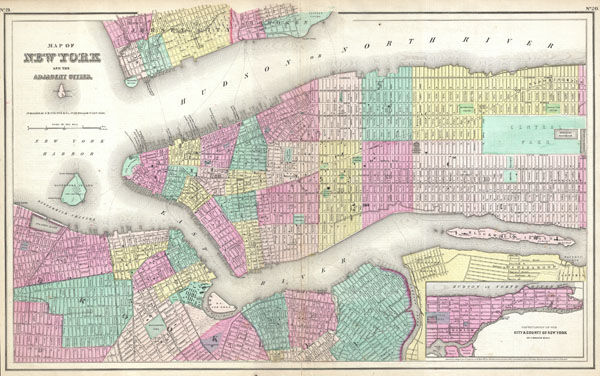
Immigrants from many different countries built relationships among themselves. These connections created tightly knit cultural communities and neighbourhoods were divided into ethnic groups. The main language in these areas was not English. These urban districts developed through solidarity as well as mutual support in finding housing and work.
Several factors caused the city to change significantly in the second half of the 19th century, including technological, economic and social upheavals brought on by the Industrial Revolution. New York City quickly needed more space and the city’s development was booming. Urbanization in North American cities was different than in European cities. These cities were newer, so they didn’t have to create new developments based on existing neighbourhoods, like Paris and London.
In 1850, New York was home to over 515 000 people, 60% of whom were born outside the United States. The city abruptly became a dense metropolis. Like all large industrial cities, New York faced problems with urban planning (layout, transportation, sanitation) and social problems (labour issues).
The city had to accommodate a constant influx of newcomers. Immigrants often decided to stay in New York because there were plenty of jobs. At the time, New York was constantly under construction, with new districts, new buildings and new factories.
In 1856, the city’s leaders were well aware that living conditions in working-class areas were deplorable. The city’s layout did not take into account the mass arrival of immigrants and workers, who were crammed into dirty, poorly ventilated dark buildings with no running water. Some even lived in cellars. At the time, there were no regulations on the structure or space allocated to buildings.
New York’s gradual industrialization made the situation worse. Housing for workers was often located next to slaughterhouses, factories, workshops and warehouses. Several epidemics spread throughout the working-class districts because of these poor living conditions.
Social inequality and racism meant that violence became a problem in New York. Between 1857 and 1863, numerous riots and gang wars broke out in the city’s working-class districts. New York authorities also had to deal with traffic problems in the city. The streets were badly paved, dirty, dangerous for pedestrians and constantly congested with buses and streetcars.
Several different transportation methods were implemented in New York to make it easier to travel around the city such as:
- The first horse-drawn streetcars in 1850
- Elevated railways in 1868
- Ferries
- The Brooklyn Bridge in 1883
- The Subway in 1904
New York’s urban planning was inspired by Haussmann’s principles of organization, spatial planning and sanitation. This is why a huge park was laid out in the heart of the city. Work began on Central Park in 1857 and was completed in 1873.
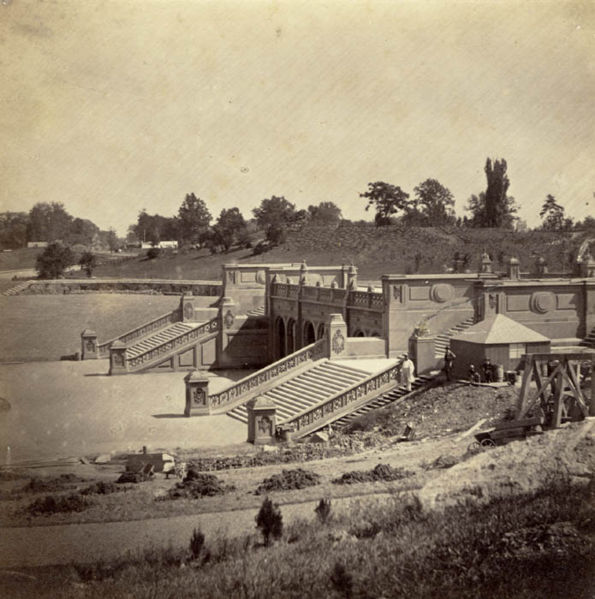
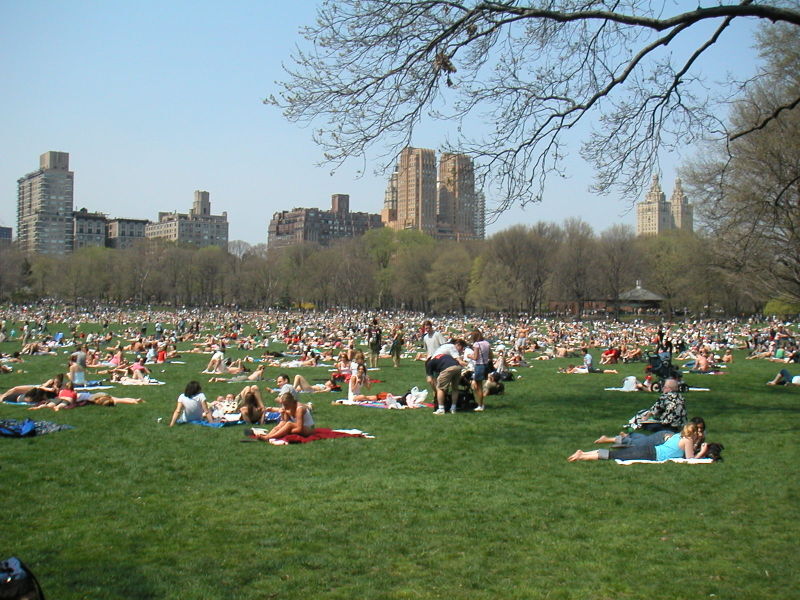
In 1860, 800 000 people lived in New York, with 300 000 living in nearby Brooklyn. The city lacked space, and although it was already very dense, more space was sought. Beginning in 1857, a new building concept was devised with the Haughwout Building (the predecessor to the skyscraper), a 5-storey building with elevators. From then on, New York would build several skyscrapers, including the Flat Iron in 1902.
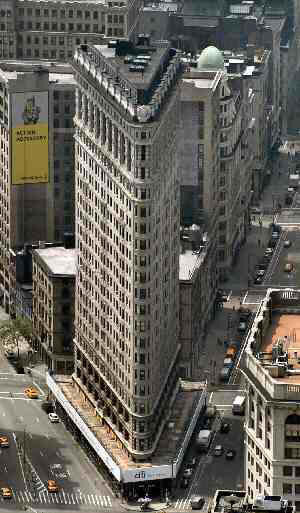
The first skyscrapers were built in a disorderly manner. They obstructed streets and blocked light and airflow. This led to the Zoning Resolution of 1916, which established construction regulations for the well-being of citizens. Thanks to Thomas Edison, the city was electrified in 1882. Streets were lit up at night, buildings were fitted with elevators, while streetcars and subways were powered by electricity and running water was available everywhere. The first telephone lines were installed in New York in 1889.
By 1898, New York City had spread to the suburbs and was divided into five large districts: Manhattan, Queens, the Bronx, Staten Island and Brooklyn. With 6.5 million inhabitants, New York became the largest city in the United States.
Several public buildings were built in the 19th century, which contributed to the city’s prestige:
- The Metropolitan Museum of Art in 1870
- The Metropolitan Opera House in 1883
- The Museum of Natural History
- The Brooklyn Museum
- Carnegie Hall
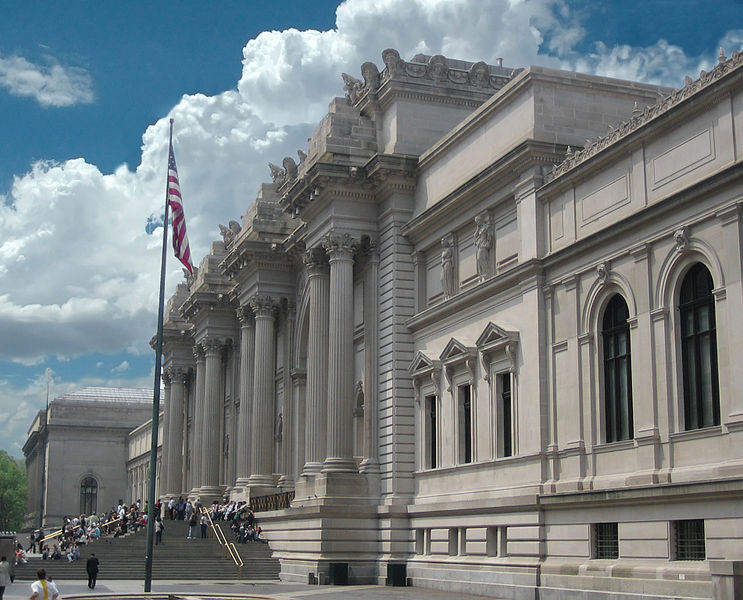
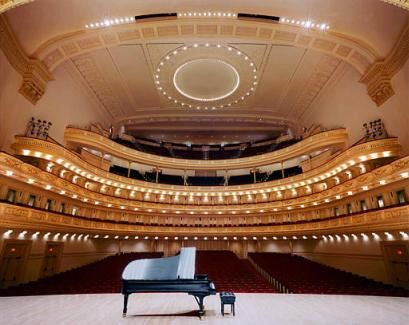
In 1886, France gave New York City the Statue of Liberty. This statue was a symbol of New York City’s social success, and welcomed newcomers to their new home.
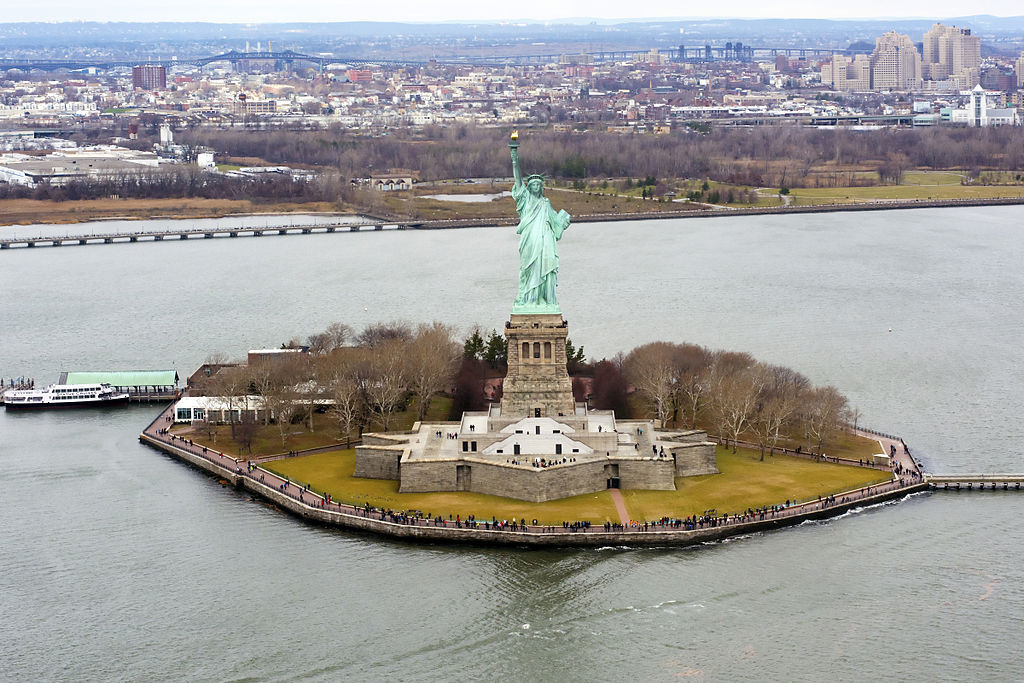
Thanks to its vast size, rapid growth and constant changes, New York City became the new urban benchmark and a symbol of prosperity and skillful urban planning.
| Year | Population |
| 1775 | 70 000 inhabitants |
| 1820 | 127 000 inhabitants |
| 1860 | 800 000 inhabitants |
| 1892 | 3 millions inhabitants |
| 1910 | 6,5 millions inhabitants |